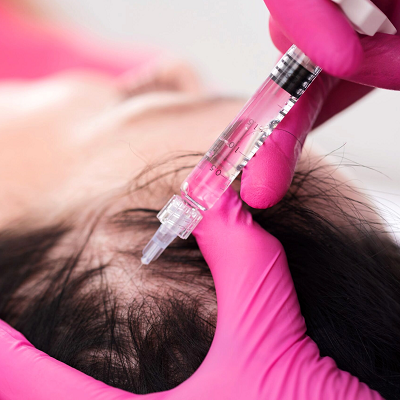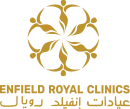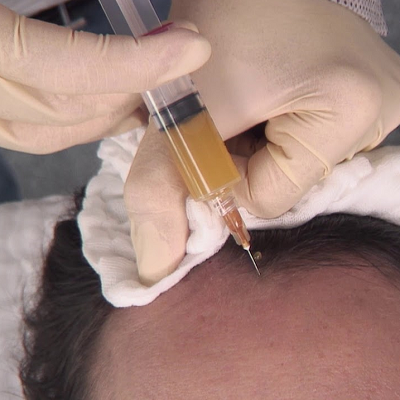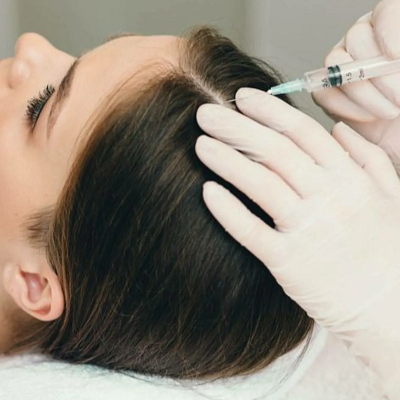
The utilization of Platelet-Rich Plasma (PRP) therapy became significantly popular during recent years because people choose contemporary aesthetic non-surgical therapeutic procedures. Patients consistently inquire about the safety level and clear results achieved from monthly PRP treatments. If you also have a query about Is it OK to do PRP in Islamabad every month? Then continue reading.
What is PRP Therapy and Why Is It Popular in Islamabad?
Medical practitioners obtain blood from the patient which they process to enhance platelet concentrations through various methods for subsequent body area injections. PRP serves multiple medical uses since it helps rejuvenate skin alongside restoring hair growth while treating joint pain and reducing acne scars.
A rising number of dermatology and aesthetic clinics provide PRP services because of its healing process which relies on natural substances combined with short recovery times and non-surgical visible outcomes. Patients prefer PRP due to its cellular material which stems from their body making them less vulnerable to allergic reactions along with rejection.
Can You Get PRP Every Month?
Medical practitioners generally consider monthly PRP treatment safe as a primary step for most treatment patients. The choice of monthly sessions for treatment depends on various elements consisting of clinical reason and individual reaction to therapy as well as professional assessment by a qualified dermatologist.
Such as:
Hair Restoration:
To enhance the health of non-responsive hair follicles in patients dealing with hair loss or male-pattern baldness dermatologists in Islamabad adopt PRP treatments monthly during the initial 3-4 months of care.
Skin Rejuvenation:
The combination of monthly skin treatments leads to collagen development and improved skin texture when applied for anti-aging or skin brightening.
Orthopedic Use:
PRP for joint pain or tendon issues might not require monthly repetition but rather depends on the severity and recovery response.
Benefits of Monthly PRP Treatments:
Enhanced Collagen Production:
People choose monthly PRP because it effectively enhances the production of collagen in their body. The skin regeneration process becomes faster with regular monthly treatments while elastic tissue improves and lines and wrinkles decrease visibly in older skin.
Improved Hair Growth:
The treatment of hair loss performed better through routine hair follicle stimulation. Regular sessions stop hair drop and activate the growth phase (anagen) thus creating denser healthier hair.
Quick Recovery and Minimal Downtime:
The non-invasive characteristics of PRP generate results while permitting speedy patient recovery since the treatment requires no extended down time. Patients with demanding schedules can schedule appointments per month without difficulties. Most people resume their routine immediately after each session.
Cumulative Results:
Monthly PRP creates a compounding effect where each session builds upon the previous one. Visible improvements are often seen after the second or third session, with optimal results around the fourth or fifth month.
Risks and Considerations of Frequent PRP Treatments:
While PRP is generally safe, overdoing it without medical supervision can lead to unnecessary complications or diminishing returns.
Skin Sensitivity and Swelling:
Injecting the PRP solution multiple times may produce temporary swelling with slight bruising along with redness in that area. Despite being short-term, double trauma can create negative effects on sensitive skin if the proper time between treatments is not maintained.
No Universal Protocol:
There is no one size fits all frequency. Different patients require either once a month or twice or three months-apart PRP treatments based on their age and skin type as well as their desired treatment outcomes.
Ideal Frequency of PRP Based on Treatment Area:
PRP for Hair Loss:
- Initial Phase: 1 session every 4 weeks for 3–4 months.
- Maintenance Phase: 1 session every 3–6 months.
PRP for Facial Rejuvenation:
- Initial Phase: Monthly sessions for 3 months.
- Maintenance Phase: Once every 4–6 months depending on skin condition.
PRP for Acne Scars or Pigmentation:
- Monthly treatments for 3–5 sessions.
- Maintenance based on dermatologist’s evaluation.
PRP for Joint Pain or Sports Injuries:
- Typically spaced 4–6 weeks apart.
- Often 2–3 injections are needed depending on severity.
Who Should Avoid Monthly PRP Treatments?
While PRP is considered safe, not everyone is a suitable candidate for frequent monthly sessions. Individuals with the following conditions should consult their specialist first:
- Blood disorders or platelet dysfunction syndrome
- Active infections or chronic skin diseases
- Autoimmune conditions
- Cancer or undergoing chemotherapy
- Pregnancy or breastfeeding
Choosing a PRP Specialist in Islamabad:
To ensure safety and results, always choose a board-certified dermatologist or a licensed aesthetic clinic. Royal Cosmetic Surgery offering FDA-approved equipment, sterile environment, and personalized treatment plans are more likely to deliver optimal outcomes.
Look for:
- Before and after results
- Patient testimonials
- Use of advanced centrifuge systems
- Professional consultation and follow-ups
Is Monthly PRP Worth It?
The regular administration of PRP treatment produces excellent results when healthcare providers personalize sessions according to individual patient requirements. The outcomes become more effective through regular medical supervised application regardless of the treatment objective such as hair regrowth or glowing skin or joint support. The people of Islamabad opt for PRP therapy because of its completely non-invasive methods together with natural healing properties which deliver sustainable results.
People need to follow treatment plans designed for their individual needs instead of believing every patient requires monthly sessions. The development of a treatment timeline needs professional PRP expertise to address personal objectives and biological needs properly. Is it OK to do PRP in Islamabad every month? If you want to know more about the procedure then you continue reading.





